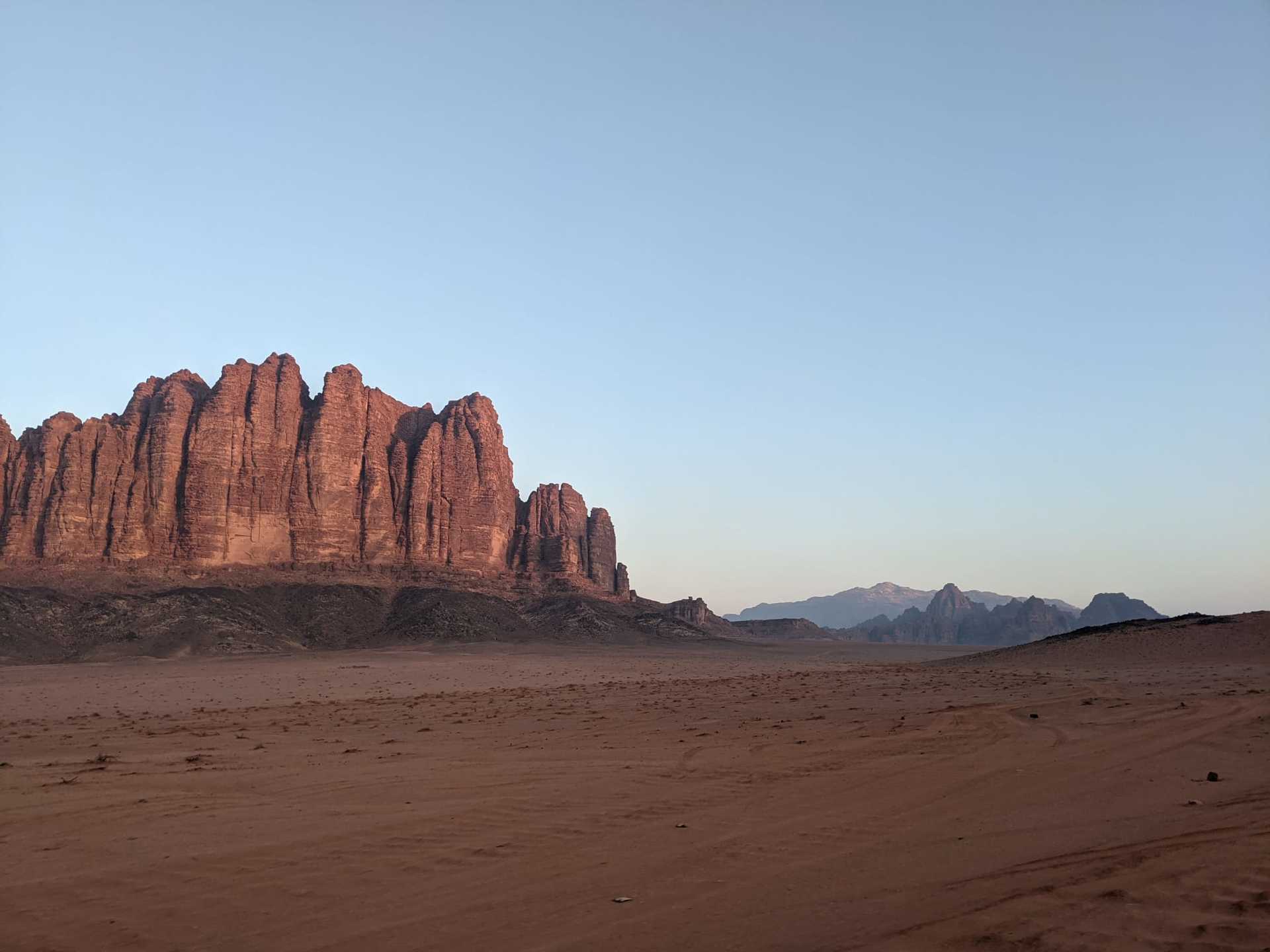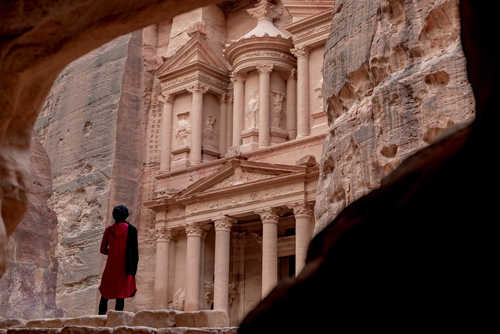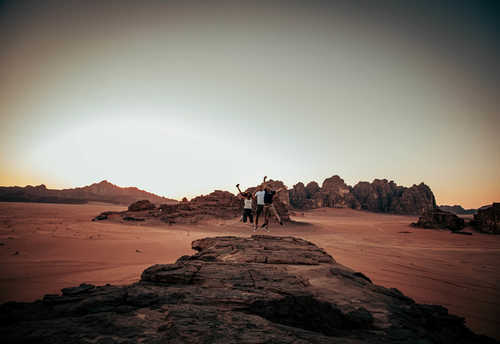Absolutely!
Although Jordan has been victim to some threats in the past year, these have
all been military based and as a whole, Jordan remains a developed country that
is perfectly safe to visit. We follow the FCDO guidance to ensure that the
trips we are running are safe for our guests. Of course there is instances of
petty theft, especially in urban areas. So you should take the same precautions
that you would anywhere else in the world.




